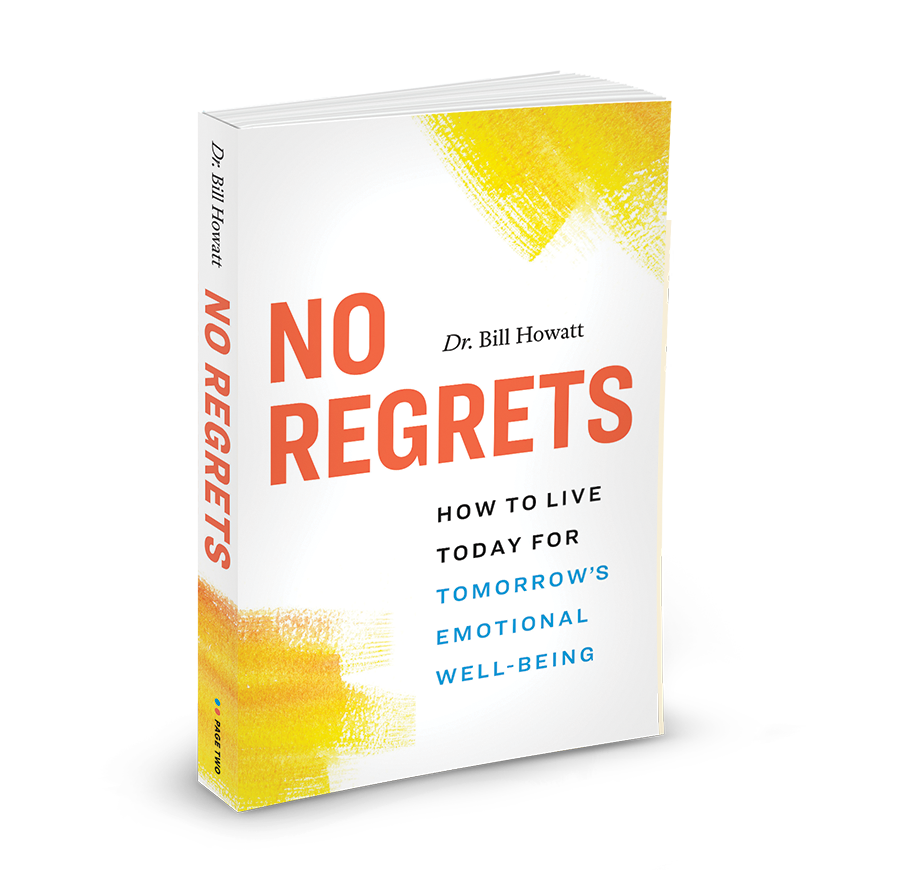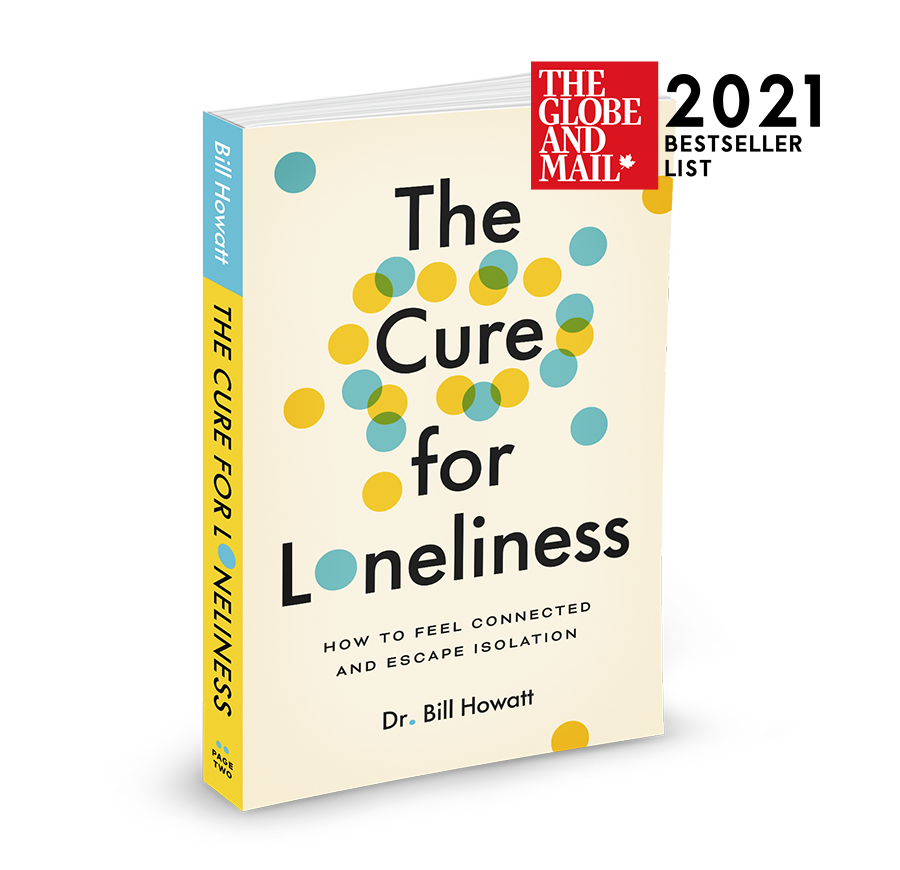A person does not learn how to be negative with one thought; it comes from many days and many negative thoughts
Being optimistic may not be that hard. Consider how an optimistic person does it. They do it by creating one positive thought at a time. — Dr. Bill Howatt
Staying hopeful in a pandemic that has been dragging on for a year can be challenging for even the most optimistic person, who expects that more good things than bad will happen.
However, this does not mean they are naïve and not aware that there will be challenges. They just do not spend a lot of mental energy worrying about them. With their mindset focused on what they can control, they do their best and hope things will work out.
If, as this pandemic continues to dominate many aspects of life, you are finding yourself struggling to be optimistic and experiencing more negative thoughts, that’s a normal reaction. While your brain is good at learning, it does a poor job discerning what is good for your mental health.
When you begin to have more negative than positive thoughts, your brain will become more skilled at generating even more of them. This likely does not make sense because it is counter to what you want: fewer negative thoughts and more good feelings that support a positive outlook and mental health.
Through neuroplasticity, the brain requires no instructions to begin creating negative thought channels in response to negative thinking.
In essence, it is being trained to become more skilled at looking at things that happen in your world through a negative lens.
That results in more negative thinking, less optimism, and more pessimism, which then conditions the brain to expect bad outcomes before good ones.
Why this microskill matters
For those who jump to a negative thought that results in looking at everything through a pessimistic lens when we have a difference between what we want and what we have, our mental health and social connections can be negatively impacted.
A negative person can push away people who are trying to get away from the negativity — perhaps not necessarily the person. But the outcome is the same.
The following statistics point out why optimism matters in life and work:
- 75 per cent of optimists received a good performance rating at their last job evaluation, compared to 24 per cent of pessimists
- 84 per cent of optimists thrive in high-pressure situations and cope well with stress, compared to 24 per cent of pessimists
- optimism is a better predictor of employee engagement than pessimism.
Tips for improving optimism
Explore your optimism charge: Complete the online Optimism Quick Screen. It will ask a few questions that are, for the most part, true or not true. Your score will give you a baseline.
After you complete the quick screen, ask yourself in the past 72 hours what are some examples that if you were able to look at things more positively could have been more beneficial for you or others around you. This can help you notice how being more negative than positive can consume energy and create unnecessary stress. Moving away from negativity begins with awareness and a desire to be more positive.
Practise optimism: It is hard to change brain wiring, but it can be done. It takes no more energy to train your brain to be positive than to be negative.
A person does not learn how to be negative with one thought; it comes from many days and many negative thoughts.
Be intentional and when a negative thought jumps in, train your brain with the following: “This option is not my preference. What is a possible positive alternative thought?” Through intention and repetition, this process will get easier and easier, once your brain learns that you prefer positive alternatives that are hopeful.
Take the 30-day challenge: For the next 30 days, set a rule that you are not allowed to say out loud anything negative about yourself, anyone else or any situation. When asked your opinion, you can say, “I am not sure, but I am hopeful for some positive outcome.”
Much like gratitude, this intentional exercise will challenge you to look for positive alternatives. As your unconscious brain becomes trained, it will start to help.


